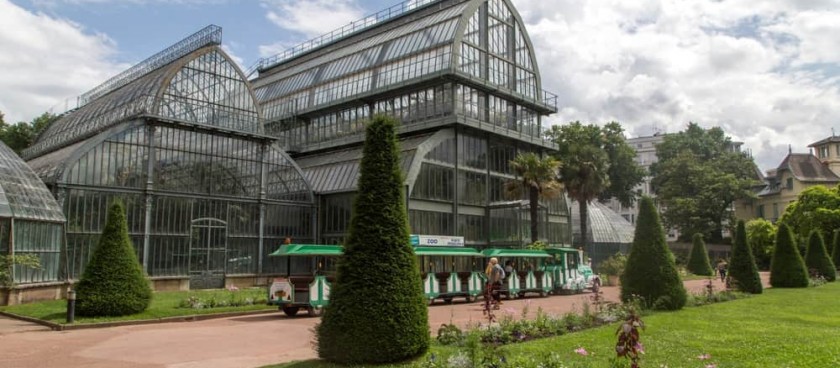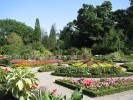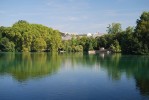- #FR17
- 69006 Lyon, France
- +33472694760
- https://www.lyon.fr/lieu/parcs/parc-d...
- Working hours*:
6:30 - 22:30 - * - opening and closing times as well as entrance prices, are subject to alterations without notice. Visitors are advised to check before visiting.
- 45.7775079, 4.8551393 Copy to clipboard Copy
-
#Family time , #Parks
The Parc de la Tête d'or is a large urban park in Lyon, France, with an area of approximately 117 hectares (290 acres). Located in the northern part of the 6th arrondissement, it features the Jardin botanique de Lyon, as well as a lake on which boating takes place during the summer months. Due to the relatively small number of other parks in Lyon, it receives a huge number of visitors over summer; it is a frequent destination for joggers and cyclists.
In the park's central part, there is a small zoo without charge, which includes giraffes, deer, reptiles, primates, along with other animals. There are also sports equipments, such as a velodrome, boules court, mini-golf and equestrian facility, in addition to a mini-train.
The park also contains four rose gardens, but also huge greenhouses, a botanical garden, a zoo and a velodrome.
The main entrance, at the southeast corner, is guarded by an enormous wrought iron gate known as the Porte des enfants du Rhône (Gate of the children of the Rhône). The gate, with its gilded features, was installed in 1901, when the park was fenced off for the first time.
Zoo
The zoo was created at the same time as the park. At first, it was scheduled to create only of a farm for educational purposes, with some local wild animals, but little by little, developments have been increased to accommodate new animals and the park progressively has been turning into a real zoo.
The zoo now houses animals from around the world. It extends over six hectares and counts several hundred animals, including many large mammals, some are very rare, like the Barbary lion, extinct in the wild since 1922.
In October 2006, the park opened "La Plaine Africaine" ("The African plain"), an area where 130 different animals—some belonging to rare and protected species—live in freedom on 2.5 acres (10,000 m2). The African plain is divided into five parts. The savannah part, where Ankole-Watusis, the Nile lechwes, guineafowls and black crowned cranes can be seen, is the largest. It communicates with the part reserved for giraffes. A wet land houses many breeds of birds, including pelicans and flamingos and lemurs on an island. An adjacent enclosure is reserved for crocodiles, which are allowed to go out only escape during hot weather. At the east end of the plain a pavilion houses the boses for antelopes and some sandy enclosures adorned with rocks and stumps, where live yellow mongooses, porcupines, sand cats and bat-eared foxes and turtles. Other areas in reconstruction in 2010 spring, host servals, leopards and lions.



